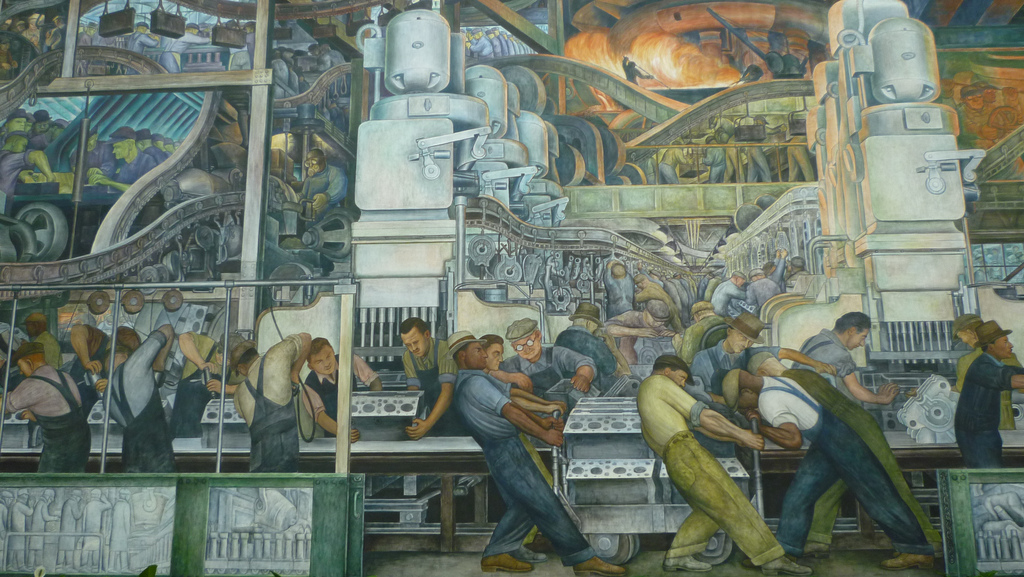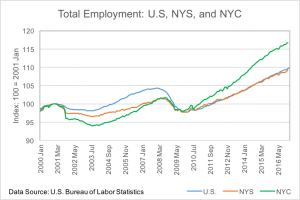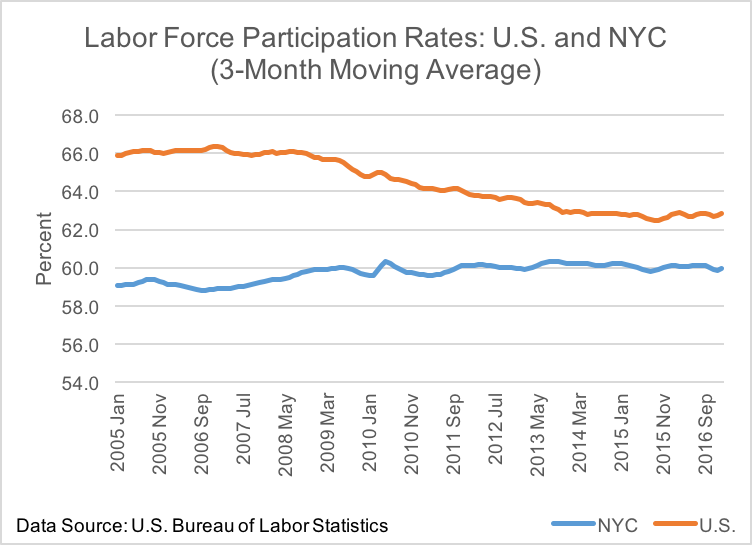Paul Krugman
January 10/March 7, 2017
1. There Will Be No Obamacare Replacement
January 10, 2017 9:24 am
You may be surprised at the evident panic now seizing Republicans, who finally — thanks to James Comey and Vladimir Putin — are in a position to do what they always wanted, and kill Obamacare. How can it be that they’re not ready with a replacement plan?
That is, you may be surprised if you spent the entire Obama era paying no attention to the substantive policy issues — which is a pretty good description of the Republicans, now that you think about it.
From the beginning, those of us who did think it through realized that anything like universal coverage could only be achieved in one of two ways: single payer, which was not going to be politically possible, or a three-legged stool of regulation, mandates, and subsidies. Here’s how I put it exactly 7 years ago:
Start with the proposition that we don’t want our fellow citizens denied coverage because of preexisting conditions — which is a very popular position, so much so that even conservatives generally share it, or at least pretend to.
So why not just impose community rating — no discrimination based on medical history?
Well, the answer, backed up by lots of real-world experience, is that this leads to an adverse-selection death spiral: healthy people choose to go uninsured until they get sick, leading to a poor risk pool, leading to high premiums, leading even more healthy people dropping out.
So you have to back community rating up with an individual mandate: people must be required to purchase insurance even if they don’t currently think they need it.
But what if they can’t afford insurance? Well, you have to have subsidies that cover part of premiums for lower-income Americans.
short, you end up with the health care bill that’s about to get enacted. There’s hardly anything arbitrary about the structure: once the decision was made to rely on private insurers rather than a single-payer system
— and look, single-payer wasn’t going to happen — it had to be more or less what we’re getting. It wasn’t about ideology, or greediness, it was about making the thing work.
It’s actually amazing how thoroughly the right turned a blind eye to this logic, and some — maybe even a majority — are still in denial. But this is as ironclad a policy argument as I’ve ever seen; and it means that you can’t tamper with the basic structure without throwing tens of millions of people out of coverage. You can’t even scale back the spending very much — Obamacare is somewhat underfunded as is.
Will they decide to go ahead anyway, and risk opening the eyes of working- class voters to the way they’ve been scammed? I have no idea. But if Republicans do end up paying a big political price for their willful policy ignorance, it couldn’t happen to more deserving people.
2. A Plan Set Up To Fail
March 7, 2017 9:01 am
So now we know what Republicans have to offer as an Obamacare replacement. Let me try to avoid value judgments for a few minutes, and describe what seems to have happened here.
The structure of the Affordable Care Act comes out of a straightforward analysis of the logic of coverage. If you want to make health insurance available and affordable for almost everyone, regardless of income or health status, and you want to do this through private insurers rather than simply have single-payer, you have to do three things.
- Regulate insurers so they can’t refuse or charge high premiums to people with preexisting conditions
- Impose some penalty on people who don’t buy insurance, to induce healthy people to sign up and provide a workable risk pool.
- Subsidize premiums so that lower-income households can afford insurance.
3. Subsidize premiums so that lower-income households can afford insurance
So that’s Obamacare (and Romneycare before that): regulation, mandates, and
subsidies. And the result has been a sharp decline in the number of uninsured, with costs coming in well below expectations. Roughly speaking, 20 million Americans gained coverage at a cost of around 0.6 percent of GDP.
Republicans have nonetheless denounced the law as a monstrosity, and promised to replace it with something totally different and far better. Which makes what they’ve actually come up … interesting.
For the GOP proposal basically accepts the logic of Obamacare. It retains insurer regulation to prevent exclusion of people with preexisting conditions. It imposes a penalty on those who don’t buy insurance while healthy. And it offers tax credits to help people buy insurance. Conservatives calling the plan Obamacare 2.0 definitely have a point.
But a better designation would be Obamacare 0.5, because it’s really about replacing relatively solid pillars with half-measures, severely and probably fatally weakening the whole structure.
First, the individual mandate – already too weak, so that too many healthy people opt out – is replaced by a penalty imposed if and only if the uninsured decide to enter the market later. This wouldn’t do much.
Second, the ACA subsidies, which are linked both to income and to the cost of insurance, are replaced by flat tax credits which would be worth much less to lower-income Americans, the very people most likely to need help buying insurance.
Taken together, these moves would almost surely lead to a death spiral. Healthy individuals, especially low-income households no longer receiving adequate aid, would opt out, worsening the risk pool. Premiums would soar – without the cushion created by the current, price-linked subsidy formula — leading more healthy people to exit. In much of the country, the individual markets would probably collapse.
The House leadership seems to realize all of this; that’s why it reportedly plans to rush the bill through committee before CBO even gets a chance to score it.
It’s an amazing spectacle. Obviously, Republicans backed themselves into a corner: after all those years denouncing Obamacare, they felt they had to do something, but in fact had no good ideas about what to offer as a replacement. So they went with really bad ideas instead.






